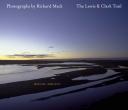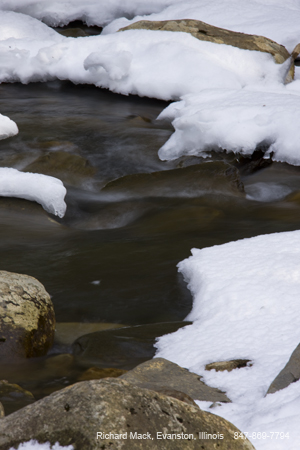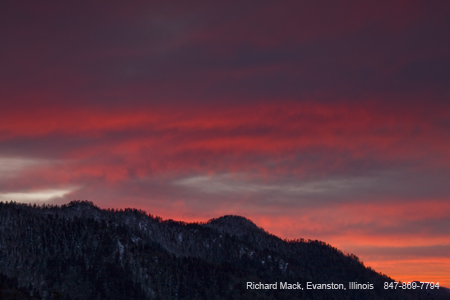I am currently on a shoot in Patagonia inArgentina with a friend of mine Dana. Here is a bit of the trip log. We arrived in Buenos Aries on Friday morning and were at our hotel by about 10am. After checking in we walked through town about 4-5 miles to the

My first impressions of
We walked around the old docks area now a restaurant and retail area near downtown; these were the old docks from the 1800’s. There is still a “new” dock area where shipping takes place. The image of the cable bridge across the shipping lane is for pedestrians only. It swings out of the way for those ships still needing passage.
On Saturday we took the subway down to the Plaza de Mayo, where the government offices and a famous Cathedral are found. It was there we saw them filming a movie, which turned out to be for a Pokeman film or game we couldn’t tell, but it was for Nintendo/Pokeman from the scene board. We also walked through the area known as the Bocca. An Italian and immigrant area in the old docks which is now an artist colony of sorts and more important they say it is the birthplace of the Tango.

One thing more about Buenos Aries, they eat very late – 9pm is still early, more like 10pm when folks really come out. We had a great meal on Friday night at Casa-Blanca (www.casa-blanafonda.com.ar). The waitress was great and was taking 1st year English so both Dana and I were able to talk with her. She was very delightful and the food was excellent! A highly recommended place to eat! Saturday night we ate at a place up the street, more popular, but the food was worse and the service terrible. Wouldn’t talk at all to you. Mean guys! Oh well.
Now tomorrow we are supposed to fly to Bariloche in the Patagonia region near the
To see more images you can go to this link: www.mackphoto.com/blog/Argentina/BuenosAries/index.html
That’s all for now! Until next time…hopefully in the Andes of Patagonia!
Adios!
Richard





